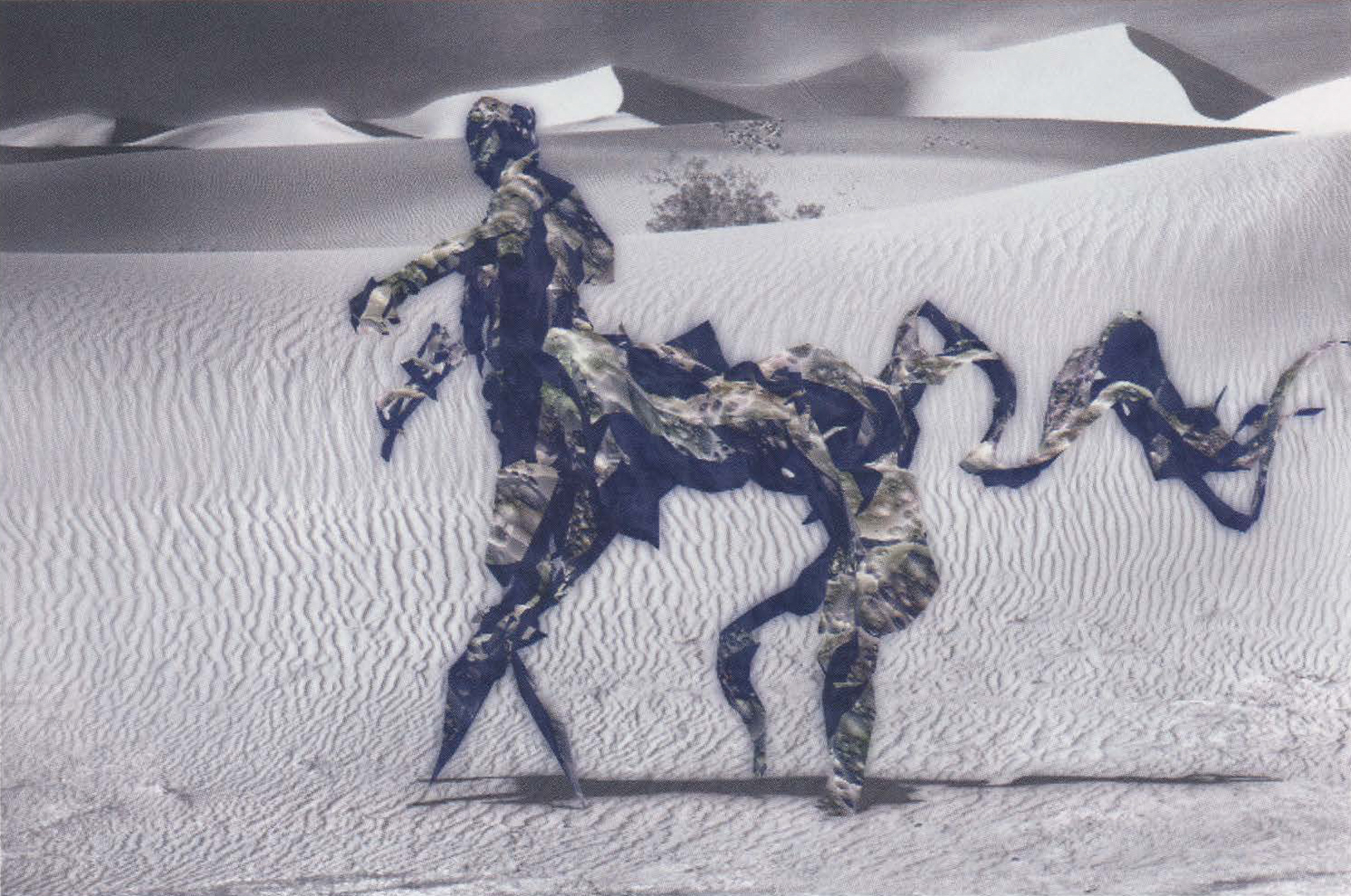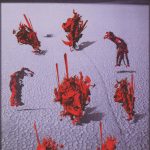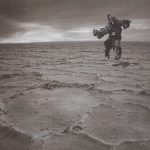Jen Zen (Jen Grey): Centaur
Artist(s):
Collaborators:
- Sheriann Ki-Sun Burnham
-
- Independent Artist
Title:
- Centaur
Exhibition:
- SIGGRAPH 2003: CG03: Computer Graphics 2003
-
More artworks from SIGGRAPH 2003:


Creation Year:
- 2003
Medium:
- ColorSpan print on canvas or, Iris print on Velvet Somerset paper
Size:
- 66 in x 100 in or 33 in x 47 in, framed
Category:
Artist Statement:
The computer is more than a tool. It is a medium that transcends traditional boundaries between fact and fiction.
Centaur is a mythic metaphor suited to the fusion of identity in human-computer interaction. The centaur bridged the age of men and giants, as the cyborg now bridges the age of human and artificial intelligence. The cyborg in “Centaur” is a life-sized, 3D drawing imaginatively developed in the semi-immersive computer environment of the Caltech Workbench, then edited in standard software programs. Although entirely fictional, the alien centaur becomes hyper-real in context with high-tech computer composites of Death Valley, affording poignant speculation on the paradoxical nature of life on earth. This work would not have been possible a few years ago, yet it respects influences by great artists of the past millennium: Ansel Adams, Magritte, Picasso, and Severini in particular.
The eerie Centaur is as much a product of computer interaction as of my own action. The cyborg was created as a consequence of beta testing tangible tools that Steven Schkolne invented to work with his proprietary Surface Drawing system (a project fostered by the Caltech Multi-Res Modeling Group). The life-size, 3D drawing appeared as ribbons of light beamed from my fingers as I worked. Strokes were shaped by hand gesture and curvature, and could be erased by holding fingers in different positions. I could see compound strokes fluidly joined and modified in progress. This was fun, and astonishingly practical, yet I often developed the form without looking. That way I depended on kinesthetic drawing ability and could work faster than the computer-generated visual feedback image.
For more controlled results, I adjusted the tempo and complexity of freehand drawing to the processing speed of the computer motion-capture system. The computer simplified complex forms drawn too quickly. Ambidextrous sculptural drawing ability was fundamental to rotating and resizing forms with tongs held in one hand, while using the Cyberglove to draw with the other. The results are intriguing. Surface Drawing is responsive to spontaneous kinesthetic gesture in ways CAD programs are not. This is uniquely significant. Practical and esthetically functional forms of human-computer interaction should retain vital aspects of human touch.
Technical Information:
Hardware: Caltech Workbench, Cyberglove, ChrystalEyes, PC & Mac Computers
Software: Bryce 4.0, Painter 6.0, Photoshop 5.5, Surface Drawing
Printer: Jack Duganne Ateliers (Color Span Display Maker XII)







